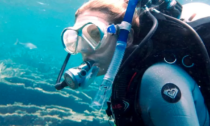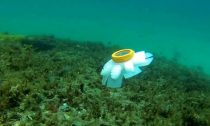
“It’s a really special part of the world,” says marine biologist Taryn Foster from the Abrolhos Islands, 40 miles from the coast of Western Australia. “There are no palm trees or luscious vegetation. But once you get in the water, you see all these tropical species of coral and fish.” Corals are animals called polyps, found mostly in tropical waters. The soft-bodied polyp forms a hard outer shell by extracting calcium carbonate from the sea. Over time those hard shells build up to form the foundations of the reefs we see today. Coral reefs may only cover 0.2% of the seafloor, but they provide a habitat to more than a quarter of marine species.
However, the creatures are sensitive to heat and acidification so in recent years, as the oceans have warmed and become more acidic, corals ha...
Read More





Social Profiles